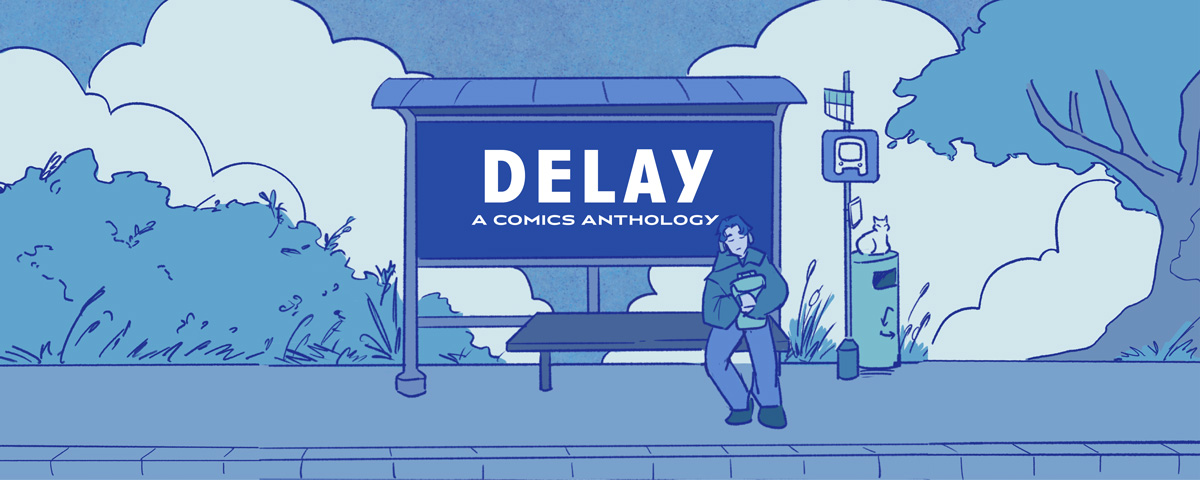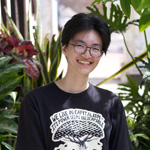22 April 2025, Singapore — Tiger Girls is back with a vengeance. Difference Engine’s first webcomic makes a fierce return in print with additional never-before-seen bonus content that dives further into the lore of the Southeast Asian-inspired young adult dystopian fantasy comic created by writer Felicia Low-Jimenez and illustrator Claire Low. Originally released as a free eight-part online comic in July 2024, Tiger Girls will leap out from the screen and onto bookshelves everywhere with its release on 22 May in full colours, beautifully bound in crisp paperback.

Based on the age-old Chinese superstition of the Tiger zodiac, Tiger Girls turns this myth on its head by pushing it to the extreme in a fictional world where women born in the Year of the Tiger are killed for the belief that they are bringers of bad luck. Tiger Girls is built on the bones of a young adult story with the heart of a fantasy world wrought by layered worldbuilding that unfolds in each chapter, revealing an authoritarian mainland government that is shrouded in mystery but transparently ruthless in its dogmatic beliefs and persecution of Tiger women. Told from the perspective of Suling, a young record-keeper who yearns to fight on the frontlines to protect her island, young adult themes of identity, adolescent angst, and finding one’s place in the world are intertwined with the weightier, world-altering concerns of misogyny, grand narratives, and the perils of beliefs left unquestioned and unchecked.
Tiger Girls holds these narratives in its unflinching grip, placing pressure to see how they bend, break, and reveal cracks as arbitrary beliefs that are inherited, and perpetuated – not a relic of a distant past, but one that is still alive today. Built on the personal stories of women who have faced discrimination for being born in the Year of the Tiger, Tiger Girls embeds these historical accounts into the fantastical world of the comic and deftly blurs the lines between fact and fiction. “It is not that long ago when ethnically Chinese female babies of the Tiger zodiac in Singapore were given away to Malay-Muslim families for the belief that they would bring misfortune,” Low-Jimenez shares. “Fiction has always been powerful as a way to hold a mirror up to reality, and Tiger Girls is my way of responding to the discrimination women still face every day. Looking around at what’s happening in the world now, it is a story that feels realer than ever.”
There’s much to chew on in Tiger Girls, but the comic hits without being heavy as its ambitious themes are balanced with drama, action, and levity, all carried out with great manga-style flourish. Taking inspiration from manga and animated TV series such as Bungo Stray Dogs and The Legend of Korra, the comic eagerly plays with the tropes and features of the manga genre which is known for its versatile, highly stylised narrative vocabulary that effortlessly moves between moments of high-stakes tension, comedic beats, and emotional conflict. While manga typically skews East Asian in lore and setting, Claire Low’s expressive and sophisticated illustrations gives it a distinct and purposeful Southeast Asian feel through its character design and visual landscape of lush archipelagoes, kelongs, and monsoon-swept mangrove swamps familiar to the region.

In this print edition, readers can fully indulge in the details of Low’s intricate illustrations, bound by a wraparound cover design with updated main visuals that would make the comic a centrepiece on any bookshelf. Fans of the webcomic can also expect additional bonus material exclusive to the print edition to quench their demand for more Tiger Girls content: concept art, a new prose short story by Low-Jimenez centered around a fan-favourite character, and new character art in a darker, moodier rendering that brings a different timbre to the story.
Low reflects, “Even after completing the webcomic, it was clear that the story of Tiger Girls is not finished. There’s so much more that Felicia and I wanted to explore in both character and lore, and hearing that readers out there also want more is a sign that we’ve landed on a story worth telling because of how deeply it resonates.”
Tiger Girls has earned praise for both its compelling visuals and challenging story with Bora Chung, author of the 2022 International Booker Prize-shortlisted Cursed Bunny, lauding it as a “haunting and heartbreaking exploration of courage and solidarity.” Wen-yi Lee, author of When They Burned the Butterfly, praises the comic’s combination of artfulness and grit, describing it as a “tense, gorgeously illustrated island fantasy (where) you can smell both the mangroves and the blood.” Meihan Boey, Singapore Book Award-winning author of The Formidable Miss Cassidy affirms it as “an exploration of girlhood and rebellion, with a powerful message in its roaring heart.”
Tiger Girls will also be arriving on shores farther abroad with Danish publisher Bogoo acquiring rights for the print comic to be translated into Danish, and interest also from South Korean and Taiwanese agencies and publishers. Charlene Shepherdson, DE’s Business Development Manager, shares: “Tiger Girls might have started off as a story rooted in Southeast Asia, but we’ve always felt that its power was in the way it could speak to readers everywhere. We hope that people would recognise themselves and the world around them in Tiger Girls, and to see it translated into different languages speaks volumes to that.”
Tiger Girls retails at $24.90 SGD (w/o GST) and is now available for preorder till 22 May 2025 through the following channels:
- Difference Engine’s webstore: www.differenceengine.sg
- Book Bar: www.bookbar.sg
Download the Tiger Girls press kit here.
Follow Difference Engine on:
Website: https://differenceengine.sg/
Instagram: https://www.instagram.com/differenceenginesg
Facebook: https://www.facebook.com/differenceenginesg
For enquiries, contact:
Olivia Djawoto
Marketing and Communications Manager, Difference Engine
olivia@differenceengine.sg
ABOUT THE WRITER
Felicia Low-Jimenez believes that stories have the power to change the world. She’s also one half of the writing team AJ Low, authors of the best-selling middle-grade mystery series Sherlock Sam. Find her at aj-low.com.
ABOUT THE ILLUSTRATOR
Claire Low has a deep interest in storytelling and is always seeking to bring unique experiences to audiences across mediums. She is the illustrator of the 2024 Southeast Asian fantasy webcomic Tiger Girls, and her works range from graphic and editorial design to comic illustration and scriptwriting. In her free time, she bakes bread and posts fantasy-inspired works under the Instagram handle @comatomato.
ABOUT DIFFERENCE ENGINE
Difference Engine is an independent comics publisher based in Singapore. We are inspired by stories from Asia, and we are committed to publishing diverse, well-written, and beautifully illustrated comics of all genres and for all ages. We collaborate closely with Southeast Asian creators, both new and experienced, with genuine and thought-provoking ideas to share. Difference Engine was founded in 2018 and is part of the Potato Productions group of companies.

![[PRESS RELEASE] TWICE BITTEN: DIFFERENCE ENGINE’S DEBUT WEBCOMIC “TIGER GIRLS” LAUNCHES IN PRINT](https://differenceengine.sg/wp-content/uploads/2025/04/press-release-panel.jpg)
![[PRESS RELEASE] From Emptiness to Fullness: Difference Engine Launches Short Comic on Eating Disorders, “To the Last Gram”](https://differenceengine.sg/wp-content/uploads/2025/03/TTLG-1200x480-panel.jpg)
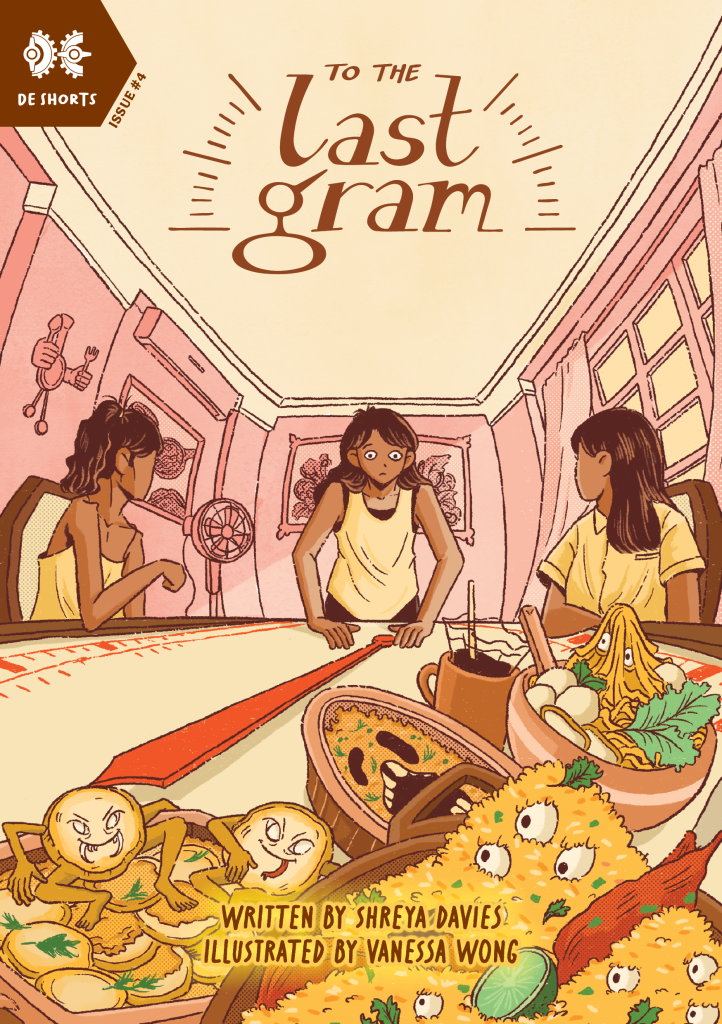
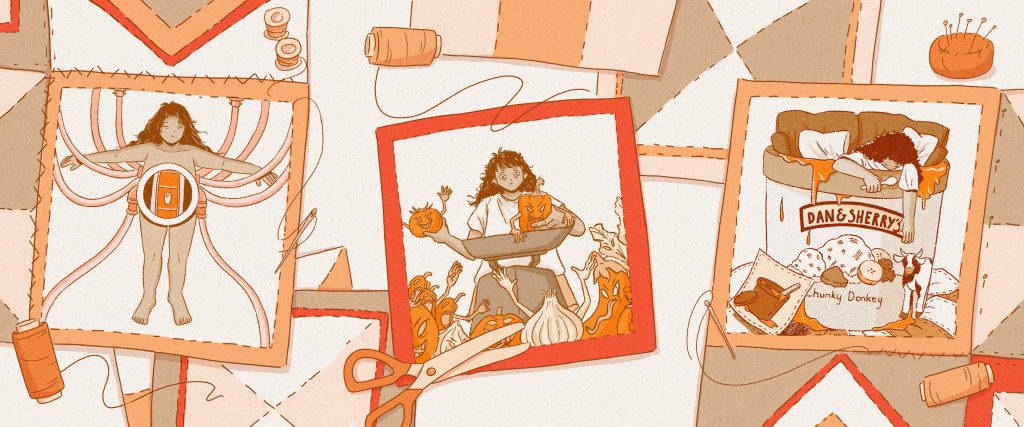
![[PRESS RELEASE] Hitting a New Stride: Difference Engine Presents Five New Titles in 2025](https://differenceengine.sg/wp-content/uploads/2025/03/banner-notext.jpg)
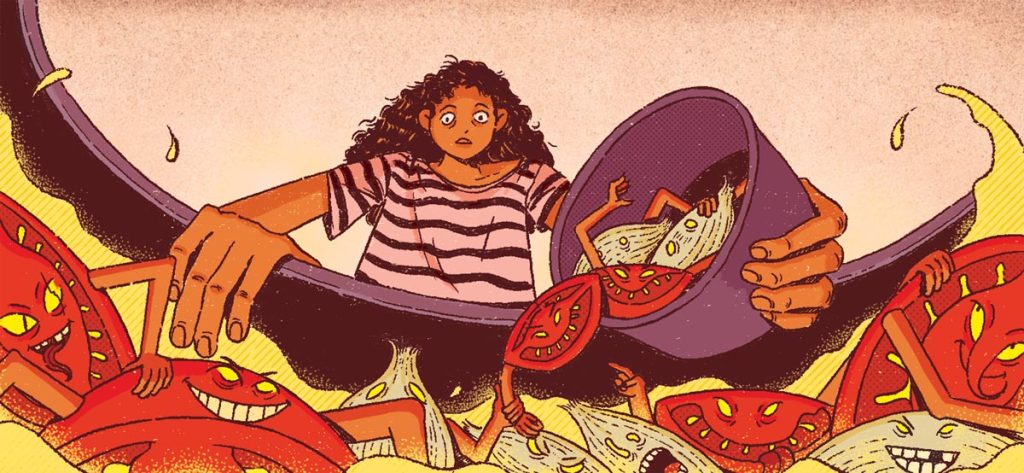
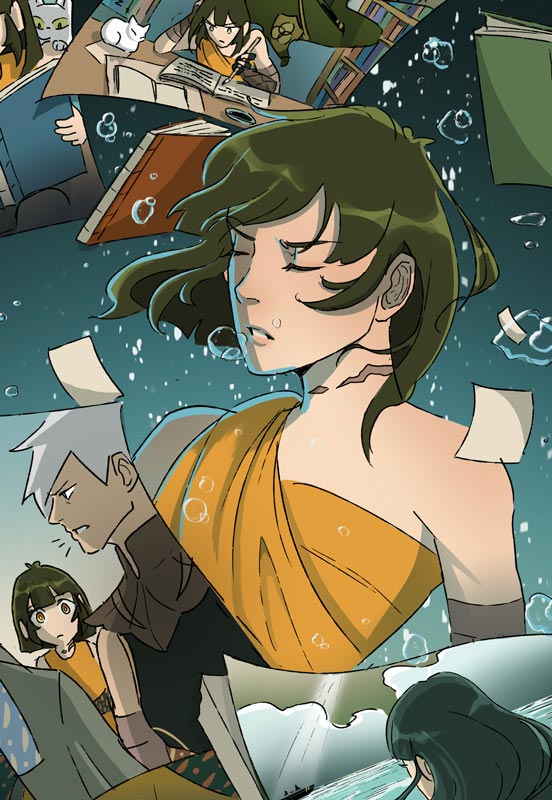
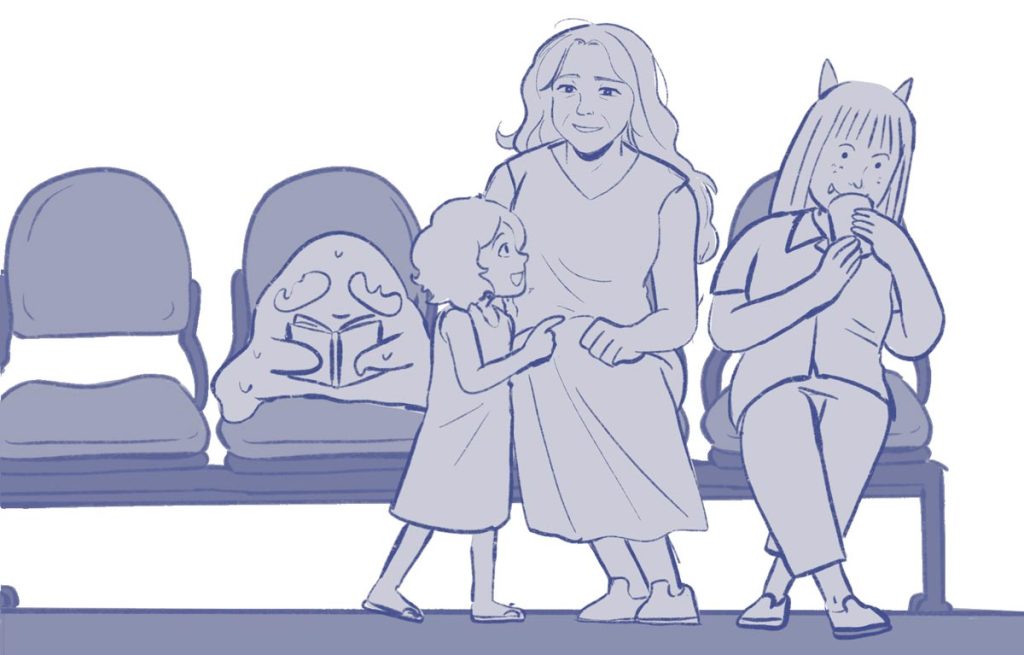


![[PRESS RELEASE] Press (A) to Start: Difference Engine Launches Open Call for Multi-Medium Video Games Anthology](https://differenceengine.sg/wp-content/uploads/2025/02/website-banner.jpg)




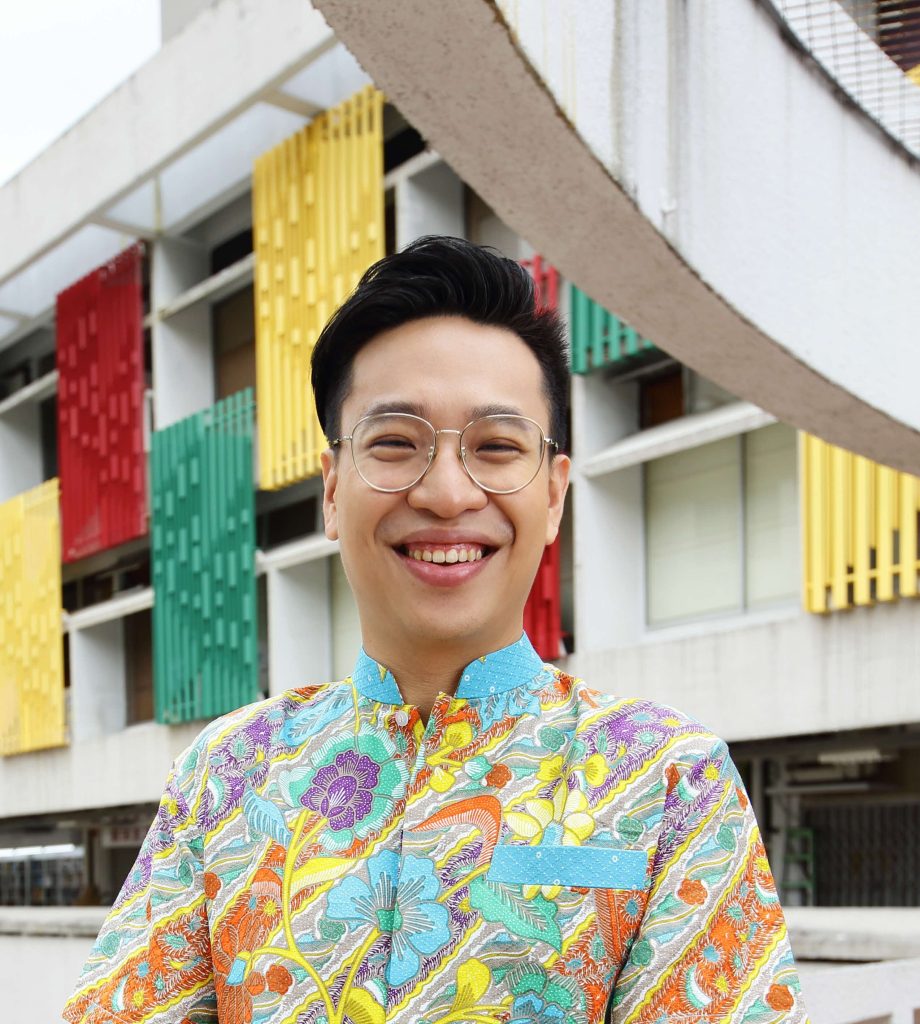
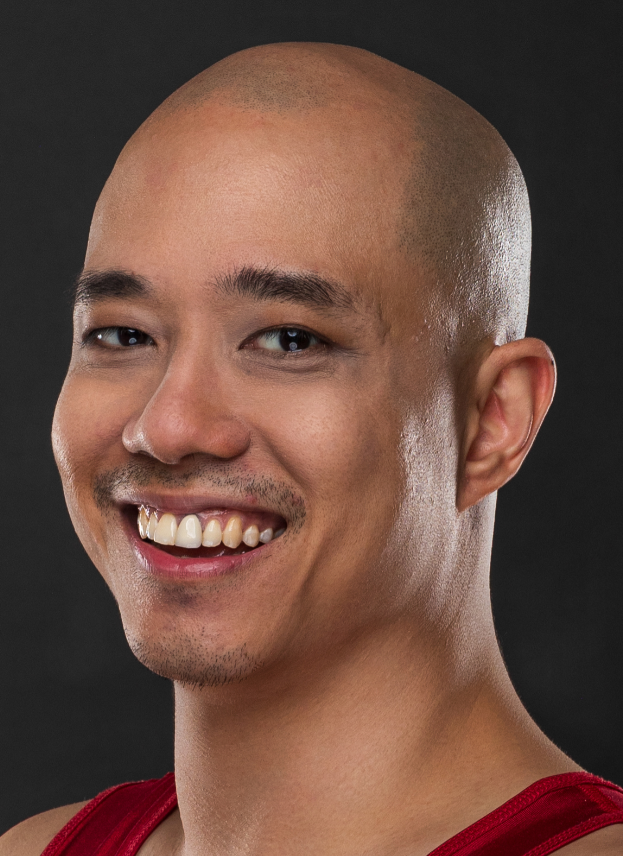







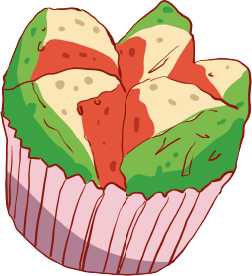
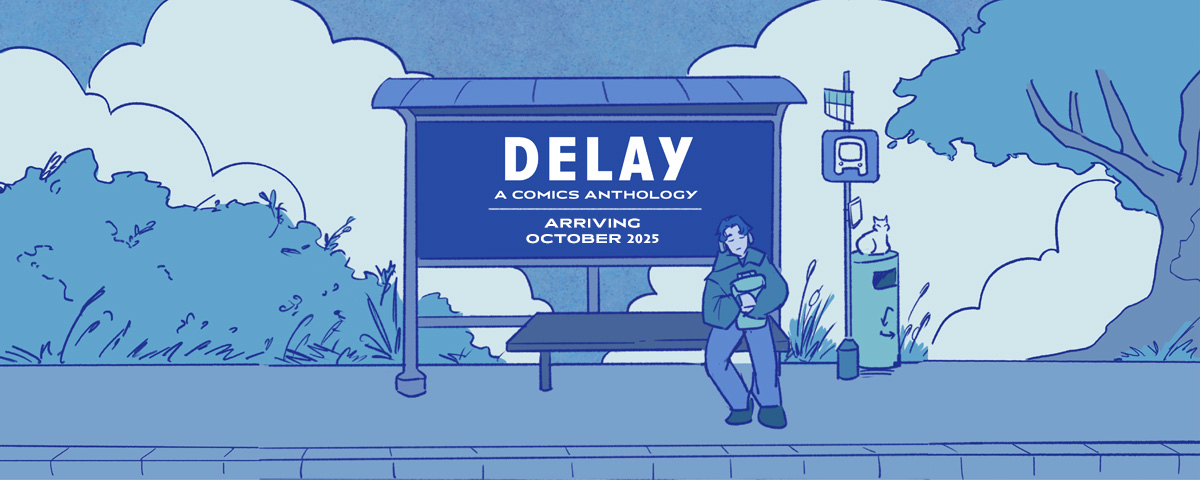

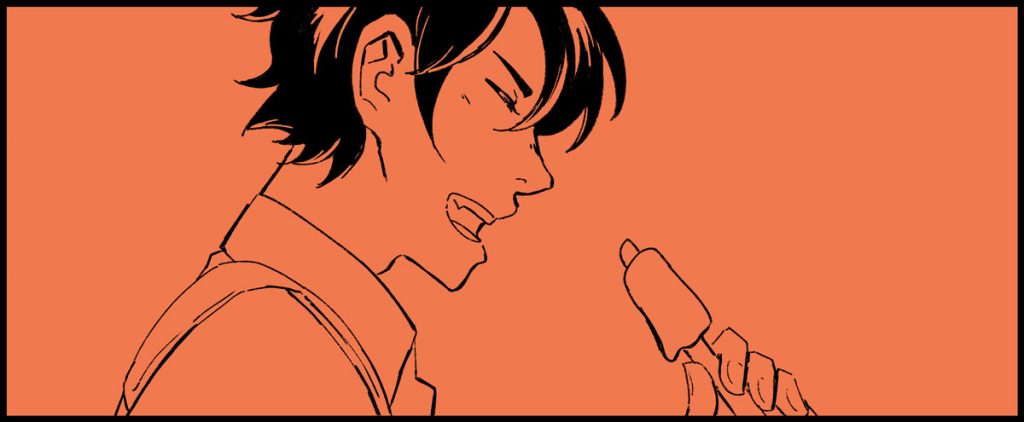
![[PRESS RELEASE] Marked by History? Leave a Scar: Difference Engine Launches “Tiger Girls” as Its Debut Webcomic](https://differenceengine.sg/wp-content/uploads/2024/07/Episode-Preview-Default.png)


